A visiting ceremonial meeting of the Academy's Presidium took place in the city on the Neva
Can you imagine a dinosaur in the main meeting hall of the RAS? But more than a century ago, it was located in a conference hall in St. Petersburg, next to the leadership of the Imperial Academy of Sciences. Do you know on what occasion academic ladies, wives of academicians, were given special armbands? On the 200th anniversary of the Russian Academy of Sciences! They were part of the organizing committee of the holiday — they were responsible for social communication with guests from abroad.
This year, the Russian Academy of Sciences celebrates its 300th anniversary. In St. Petersburg, its cradle, the MK correspondent plunged into the era of the «beginning of glorious deeds» and learned about the secrets and curiosities of the main building of the St. Petersburg Academy of Sciences.
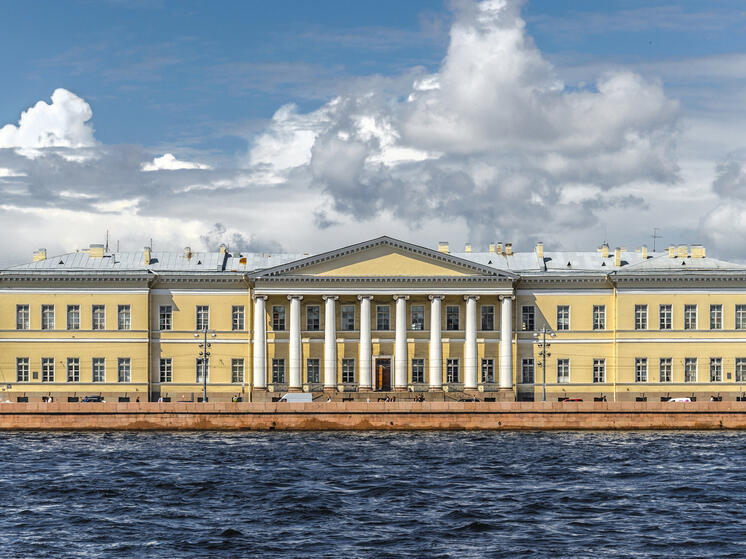 The historical building of the Academy on Universitetskaya Embankment, 5. Photo: Press Service of the St. Petersburg Branch of the Russian Academy of Sciences
The historical building of the Academy on Universitetskaya Embankment, 5. Photo: Press Service of the St. Petersburg Branch of the Russian Academy of Sciences
In early July 2024, the entire elite of the Academy of Sciences gathered in a historical building built in the 18th century at 5 Universitetskaya embankment. The off-site meeting of the Presidium of the Russian Academy of Sciences was dedicated to the 300th anniversary of this great organization. It is symbolic that a year before this date, in May 2023, the St. Petersburg branch of the Russian Academy of Sciences was first formed, becoming the fourth after the Far Eastern, Siberian and Ural branches. Scientists have been waiting and achieving this for decades, because once upon a time it was in the city of Petra that the Russian Academy of Sciences was born, flourished under the Minister of Public Education Sergei Uvarov, and fought to maintain its autonomy with its first president Alexander Karpinsky. The leadership of the Academy, its Presidium, met in the city on the Neva until 1934, and then moved to Moscow.
Could you imagine that some modern oligarch or his relative would suddenly give up his mansion-palace in the center of the capital for public needs? But in the 18th century in Russia they thought more broadly: the first building of the Imperial Academy of Sciences was in 1724 the palace of Praskovya Fedorovna Saltykova, the wife of Ivan V and daughter-in-law of Peter I (she died a year earlier). Here, on the Spit of Vasilievsky Island, overlooking the Winter Palace, the rich history of one of the oldest organizations in our country began.
The source of funding for the Academy was determined in the Decree of the Senate: customs duties from the cities of Narva, Dorpat (the current city Tartu), Pernov (present-day Pärnu) and Arensbug (Kingisepp). The emperor increased the amount of 20 thousand rubles per year, initially determined for the maintenance of the Academy, by writing in his own hand — “24,912 rubles.”
A historian from the Institute of History of Natural Science and Technology (St. Petersburg branch) Anna Fedorova tells how this amount was distributed: “This can be seen from Peter’s note, dated February 10, 1724: “the salary of 11 academicians is 1000 rubles each, the secretary and the librarian are 800 each.” , 12 students (selected academic assistants) 250 each, four translators 200 each, a painter and engraver 400 each, a bookbinder 120, reserve — 2000 and 5.5 thousand for the necessary equipment, books, firewood, candles,” which were lit with 3 p.m. For comparison: all academic expenses were an order of magnitude higher than the corresponding items in the expenses of the Paris Academy and the Berlin Scientific Society of that time. And members of the Royal Society of London not only did not receive a salary, but had to pay fees for membership. According to historians, Peter’s large academic budget cost him long heated debates with the Senate, which was not very eager to spend such a large amount on science every year.
And yet, it was not easy to resist the will of the emperor, and after the necessary calculations were made and the estimates were approved, on January 28, 1724, Peter I issued a Decree on the creation of the Imperial Academy of Sciences (it would become known as the Russian Academy of Sciences only from May 1917).
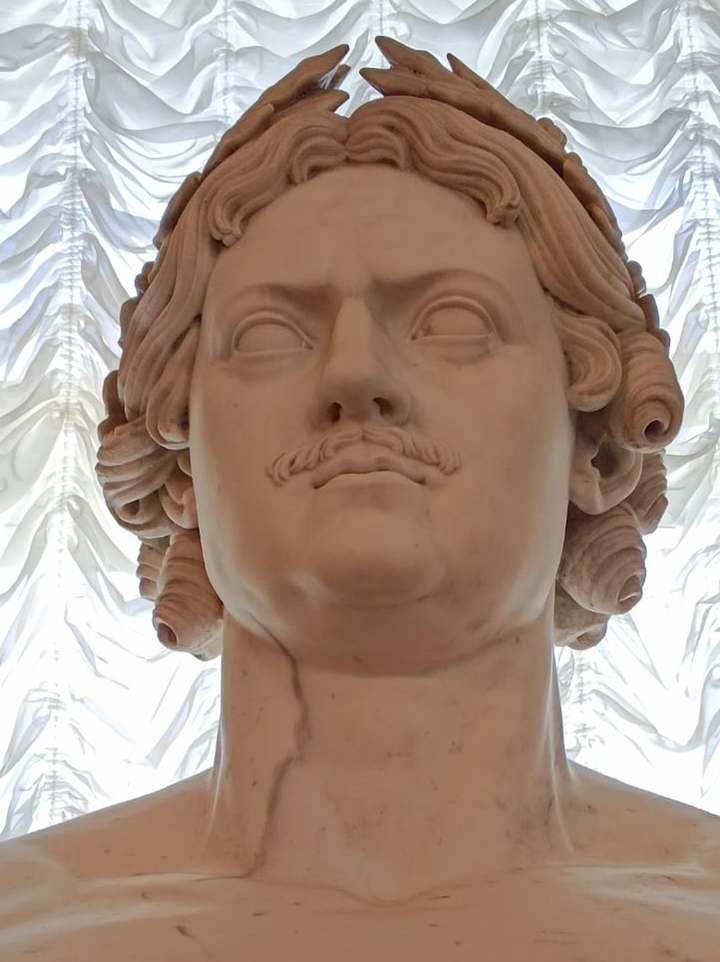 Bust of Peter the Great in the Main Conference Hall
Bust of Peter the Great in the Main Conference Hall
The responsibilities of the first academicians included: studying, “discovering” everything that has already been done in this science, compiling “extracts” from the best works, further developing their science, exploring everything in it that is necessary for its “correction or augmentation”… They were supposed to write textbooks on their sciences and distribute them among students. Among other duties, academicians of the Imperial Academy were required to “publicly educate young people,” for example, give free public lectures in the Kunstkamera, Russia’s “cabinet of curiosities.” Announcements about such lectures were published in newspapers.”
— Do you think the townspeople went to such lectures with great enthusiasm? — Anna Fedorova asks me.
It turns out that the popularization of knowledge three centuries ago was not very successful; there is even a story that, by order of Peter, adult listeners were poured a glass of vodka when visiting the Kunstkamera. One way or another, it was possible to shake up the thirst for knowledge among Russian people; historians of science wrote that listeners came even from Moscow.
— Do you know how the St. Petersburg Academy differed from European ones? — the historian examines me again. — Many Western academies at that time represented public organizations that existed on donations. Peter made a knight's move — he created the academy for the first time as a state institution that fulfills the order of the state. Each of its members was paid a substantial salary, an apartment, money for candles and firewood were allocated. The Russian Academy was the first institution in the world where research was a profession.
In the Kunstkamera, which with its collections became part of the Academy of Sciences, there is still a round table at which the first academicians sat, and in the middle of the table there is a mirror — a triangular prism with the decrees of Peter I as a symbol of state power. Near the historical table with a mirror there is a clock, a seemingly ordinary object, but according to Peter’s decree, they were also supposed to emphasize the importance of state presence: “In government institutions, a good clock should stand near the wall, so that officials value time.”
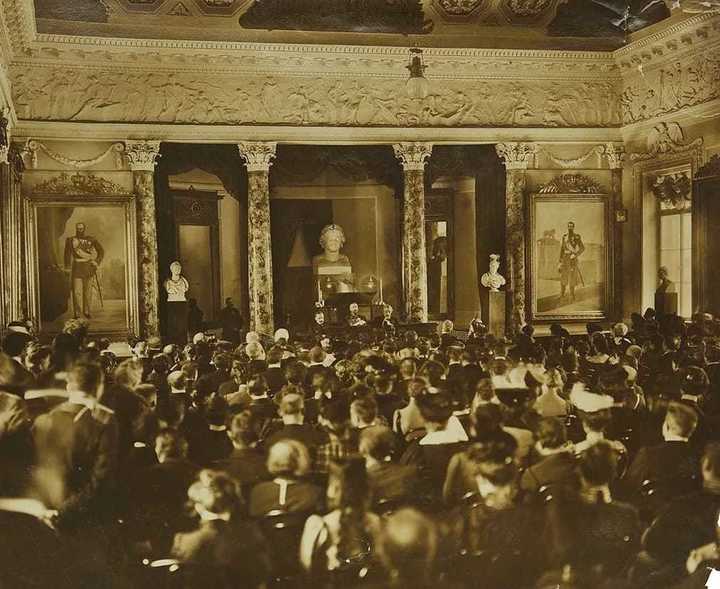 Meeting of the Imperial St. Petersburg Academy of Sciences. 1900s. Photographer K. Bulla. Courtesy of the RAS Archive
Meeting of the Imperial St. Petersburg Academy of Sciences. 1900s. Photographer K. Bulla. Courtesy of the RAS Archive
In the first years of its existence, the St. Petersburg Academy invited young talents from Germany, France and England.
“The focus was not on the most stellar scientists, but mainly on young talents who could “work for a long time for the benefit of Russia,” says Anna Fedorova. — Some were hired through acquaintances. For example, the great scientist Leonhard Euler initially came to us at the invitation of his friend and son of his teacher Daniil Bernouli.
By the 50th anniversary of the Academy, the beautiful wooden palace of Praskovya Fedorovna could no longer accommodate all the scientists, because from the first 11 academicians the staff had by that time exceeded one hundred. However, construction of a new building for the Imperial Academy began only in 1783 under the new director appointed by Catherine II, Princess Ekaterina Dashkova.
Being a close ally of the Empress, the princess, unlike the previous director of the Academy, managed to obtain the necessary funds for the construction an amount of 106 thousand rubles. The location was determined between the Kunstkamera and the Collegiums, on the Bolshaya Neva embankment (current Universitetskaya embankment, 5).
Construction lasted six years, the building was erected according to the design of the outstanding Italian architect Giacomo Quarenghi in the Palladian style, one of the variants of the early classicism style. Today we see only two of its floors, but in the old days the building was considered three-story, since the basement was considered a full-fledged first floor.
During the design and construction process, Dashkova constantly argued with Quarenghi: he strived for minimalism, but the princess wanted more pomp, roundness and gilding. Dashkova argued with the master for every trim, for every decoration on the door. According to rumors, the last straw for Quarenghi was the picture that appeared to him of Dashkova climbing onto the stairs, who herself gave instructions to the builders about the next stucco molding.
«I'm over it!» — Quarenghi exclaimed and left the construction site with an unfinished room on the third floor. The building was completed by the architect Antonio De la Porto, who was more accommodating with the director of the Academy. In particular, in violation of the original design plan, Dashkova still insisted on locating the main hall of the Academy on the third floor. But the ceilings could not withstand… It was necessary to strengthen the ceiling of the second floor, otherwise guests of the Academy could simply fall through it at any moment.
Dashkova also “protected” the main staircase leading to the third floor. According to her plan, it became the main element of the building, and not a secondary one, located on both sides of the entrance, as the author of the project proposed.
The floor in the main conference room was only reinforced several decades later. The hall was rebuilt many times and was ready to receive its first guests only in 1826, on the 100th anniversary of the Academy.
We enter this hall with my guide Anna Fedorova, and she tells me how the stucco ceiling was created using the “raw” method (that is, by hand, without a chisel). It depicts scenes from the reign of Catherine II in allegorical form. But with the marble bust of Peter I, the sculptor did not have time for the anniversary, and therefore a bust of Peter made of plaster, painted to resemble marble, was temporarily installed between the columns.
Here, in the main hall, we are joined by an employee of the St. Petersburg branch of the RAS Archive, Doctor of Historical Sciences Ekaterina Basargina. She reveals to us the historical milestones of the celebration of the Academy’s anniversaries in the main hall: “Nicholas I and members of the imperial family came to celebrate the 100th anniversary. Nikolai’s mother, the Dowager Empress Maria Fedorovna, was there, who witnessed the organization’s 50th anniversary, and there was also a little boy who turned his head around. This was the future Alexander II. In the future, he will find the 150th anniversary of the Academy and will bring young Nicholas II to it, wishing him to continue the tradition in 1925. But, alas, this never happened… In 1925, the head of the Russian Academy of Sciences, Alexander Karpinsky, welcomed a completely different community to this conference hall.
At the beginning of the 20th century, Nicholas II donated to the Academy a valuable gift that he received from the Western millionaire collector Andrew Carnegie — a cast of Diplodocus (it is now in Moscow, in the Paleontological Museum). The large conference room was the only place where the diplodocus could fit: its head rested against one wall, its tail against the opposite wall. But when the First World War began, the diplodocus had to be dismantled piece by piece, its head and tail unscrewed to make room in the hospital room.
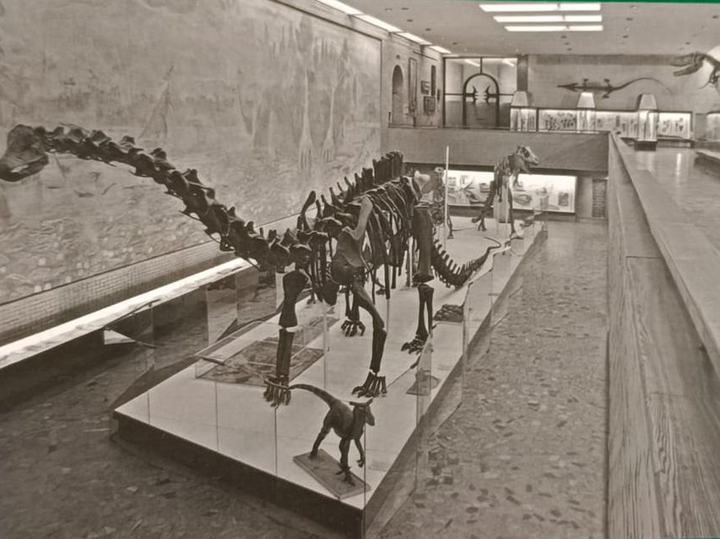 The same diplodocus from the conference room.
The same diplodocus from the conference room.
To celebrate the 200th anniversary (it was celebrated in September 1925 (in 1725 — the beginning of the scientific activity of the Academy of Sciences) academicians of the “first convocation» came to St. Petersburg and scientific meetings began) the main hall of the RAS building on the Universitetskaya embankment was solemnly decorated with palm trees, here greeted foreign guests. Academic ladies and wives of academicians took an active part in this event, since they knew languages and were taught good manners. The Soviet state gave them pieces of fabric to sew dresses and hats. Each one wore a special armband of a member of the Celebration Committee.”
For the 200th anniversary, guests in the main hall were greeted by a marble bust of Peter the Great, the same marble bust of Mikhail Lomonosov and… a plaster one of Vladimir Ilyich Lenin . The latter stood in the conference hall until the collapse of the USSR.
For the 300th anniversary, the RAS Archives prepared an exhibition about the main building of the Academy, which was called “History was made here.”
“Our main exhibit is the building where the entire life of the Academy took place until 1934,” explains Ekaterina Basargina.
From the conference room we go out to a suite of several rooms. The first and only oval office in the entire building with oval Venetian windows belonged, naturally, to Princess Ekaterina Dashkova herself, who hated right angles. By the way, until 1993, there was not a single image of Dashkova in the entire building, and the director’s oval office was “guarded” all this time by a lonely sculpture of Dmitry Mendeleev. Dashkova's role for the Academy was revised only after perestroika, and the enfilade of halls of the Academy of Sciences building was finally decorated with her statue.
Well, where did the academicians hold their working meetings? It turns out that the Small Hall, located opposite the large conference hall, was used for these purposes. The walls of the hall were decorated with numerous portraits of academicians, which were located close to each other; this style of displaying paintings is called carpet hanging. Now portraits of Nikolai and Sergei Vavilov, Krylov, Karpinsky, Zhebelev and many others are also exhibited here. And yet, according to the curators of the exhibition, a small part of the former diversity remains here — after the revolution, all the property of the Academy was transferred to the state, and the most valuable portraits were moved to the Pushkin House.
The elections of new members and, from 1917, the president of the Academy of Sciences took place in the Small Conference Hall. There were ballot boxes for secret voting, into which academicians threw white or black balls. The black ball meant a “black mark” for one candidate or another. The first elected president was Alexander Petrovich Karpinsky.
The Small Hall is also known for the so-called personnel purges, where representatives of bourgeois origin who spoke negatively about Soviet power were excluded from the Academy membership. There is also a display case with documents (also exhibited for the first time) about the “academic case” of 1929, during which a number of academicians were accused of hiding documents from the royal family. In particular, the memoirs of Andrei Andreevich Dostoevsky, the nephew of the great writer, who was arrested as an employee of the Pushkin House in November 1930 and imprisoned on Shpalernaya Street. This letter was recently handed over to the State Archives of the Russian Academy of Sciences by Dostoevsky’s relative Maria Aleksandrovna Shakhverdova.
From the exhibition I also learned what Latin saying was engraved on the academic seal of 1735. “HIC TUTA PERENNAT” — “He resides safely here.” The saying means that science in the country is under the protection of the supreme power. However, in my opinion, this should always be the case, at all times. The exhibition, among other things, presents official documents concerning the structure of the Academy. Among them are the first Regulations of the Imperial Academy of Sciences and Arts of 1747, signed by the hand of Elizabeth Petrovna: “Therefore be it”, Regulations of the Academy of Sciences of 1803.
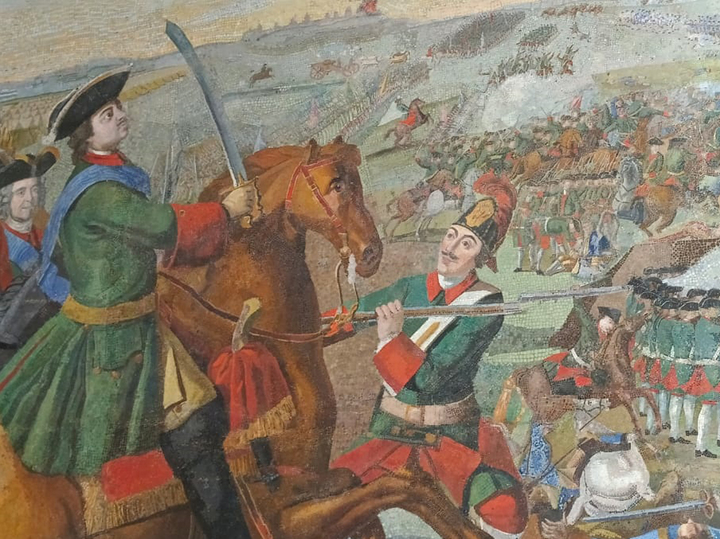 Mosaic “Battle of Poltava” < span itemprop="width" itemscope="" itemtype="https://schema.org/QuantitativeValue">
Mosaic “Battle of Poltava” < span itemprop="width" itemscope="" itemtype="https://schema.org/QuantitativeValue">


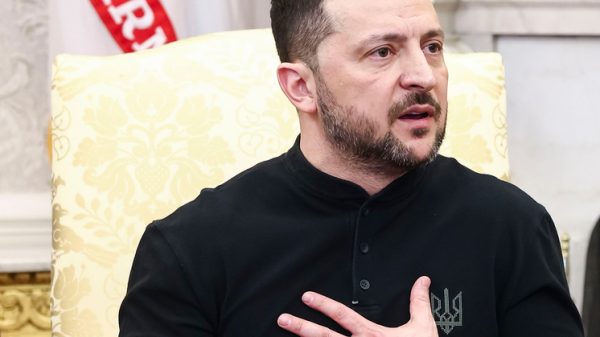
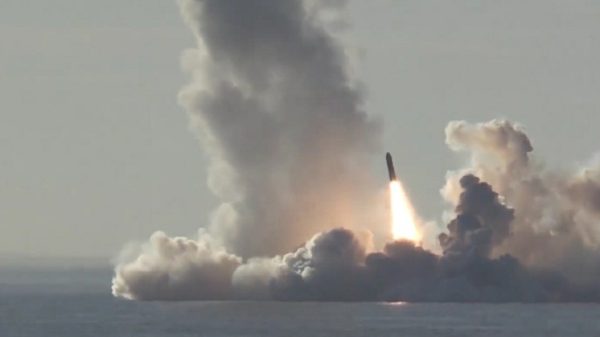

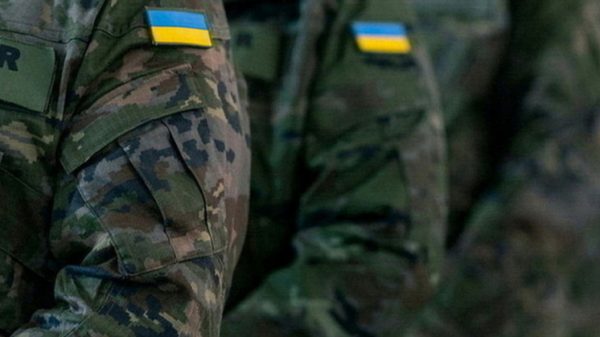




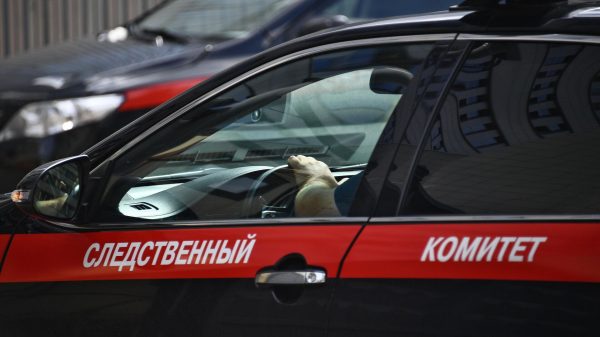




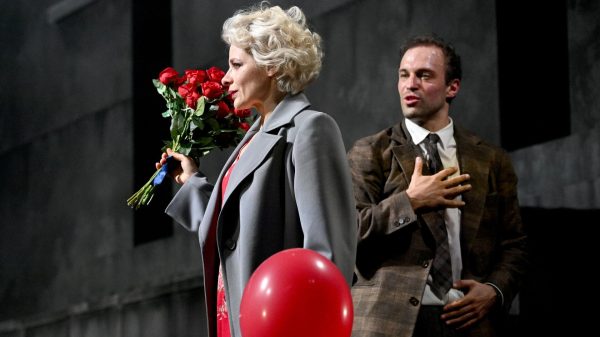
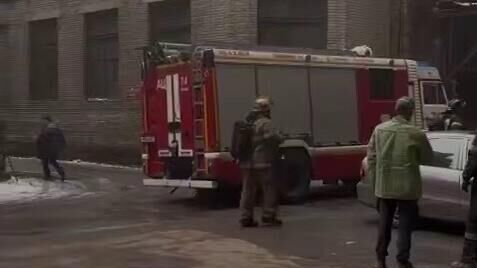
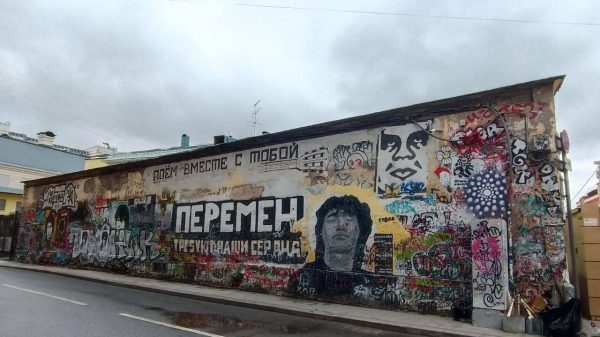
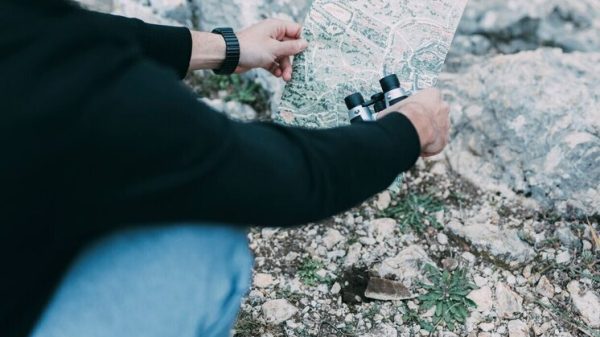

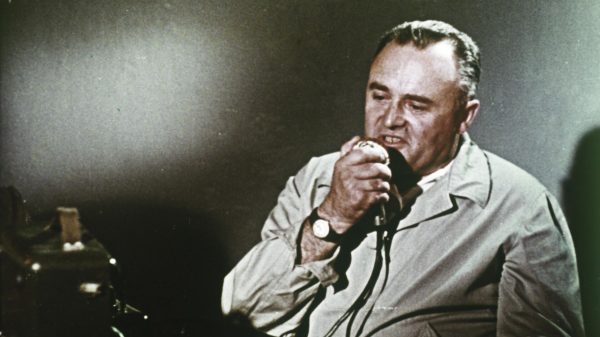

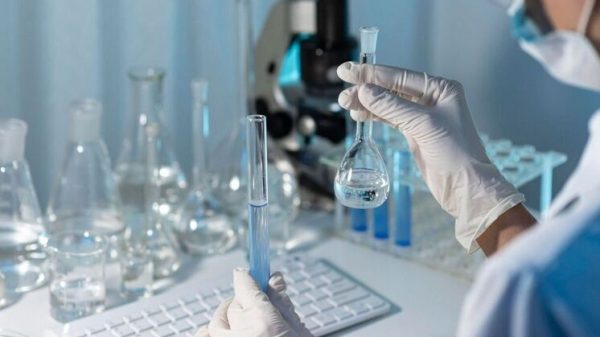



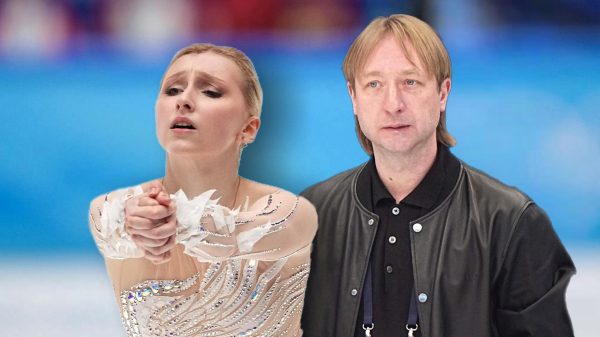







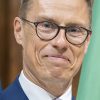





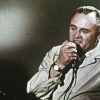


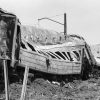


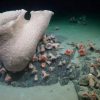
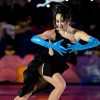
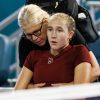





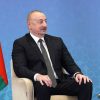
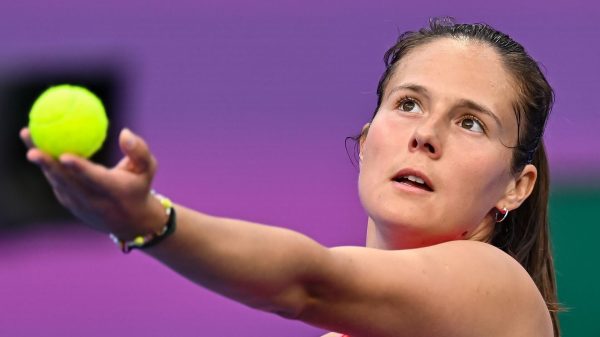
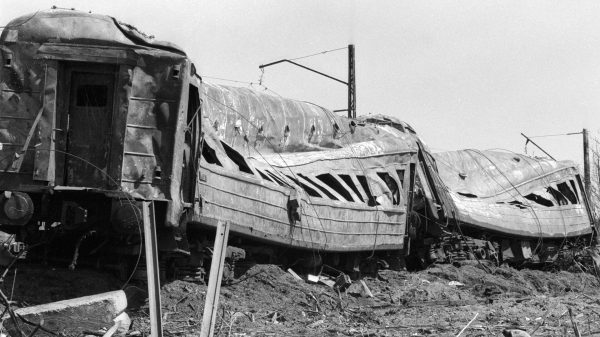

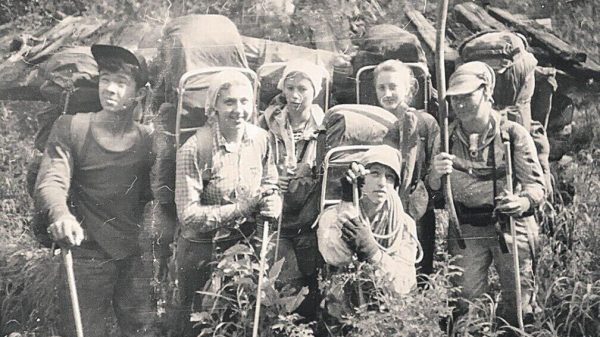
Свежие комментарии